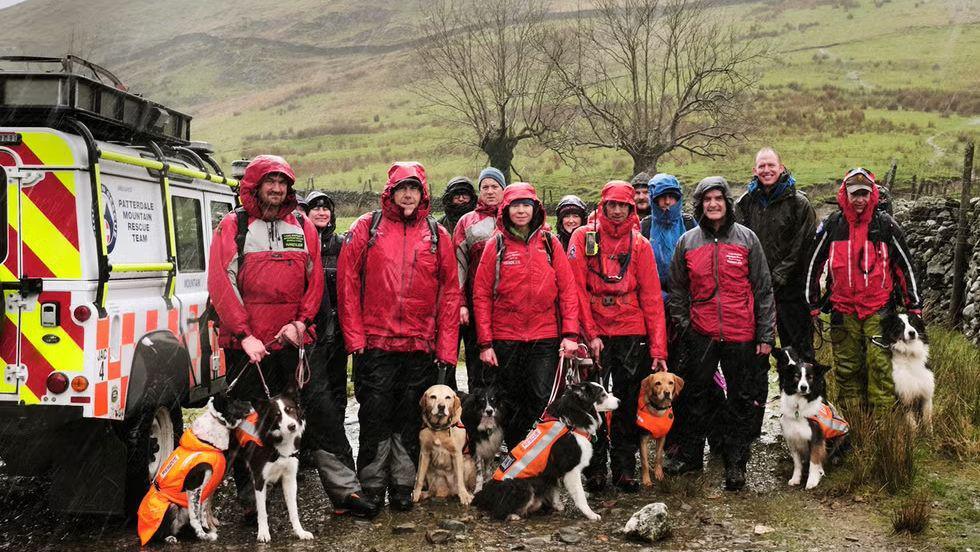Mountain groups provide pointers as deaths double
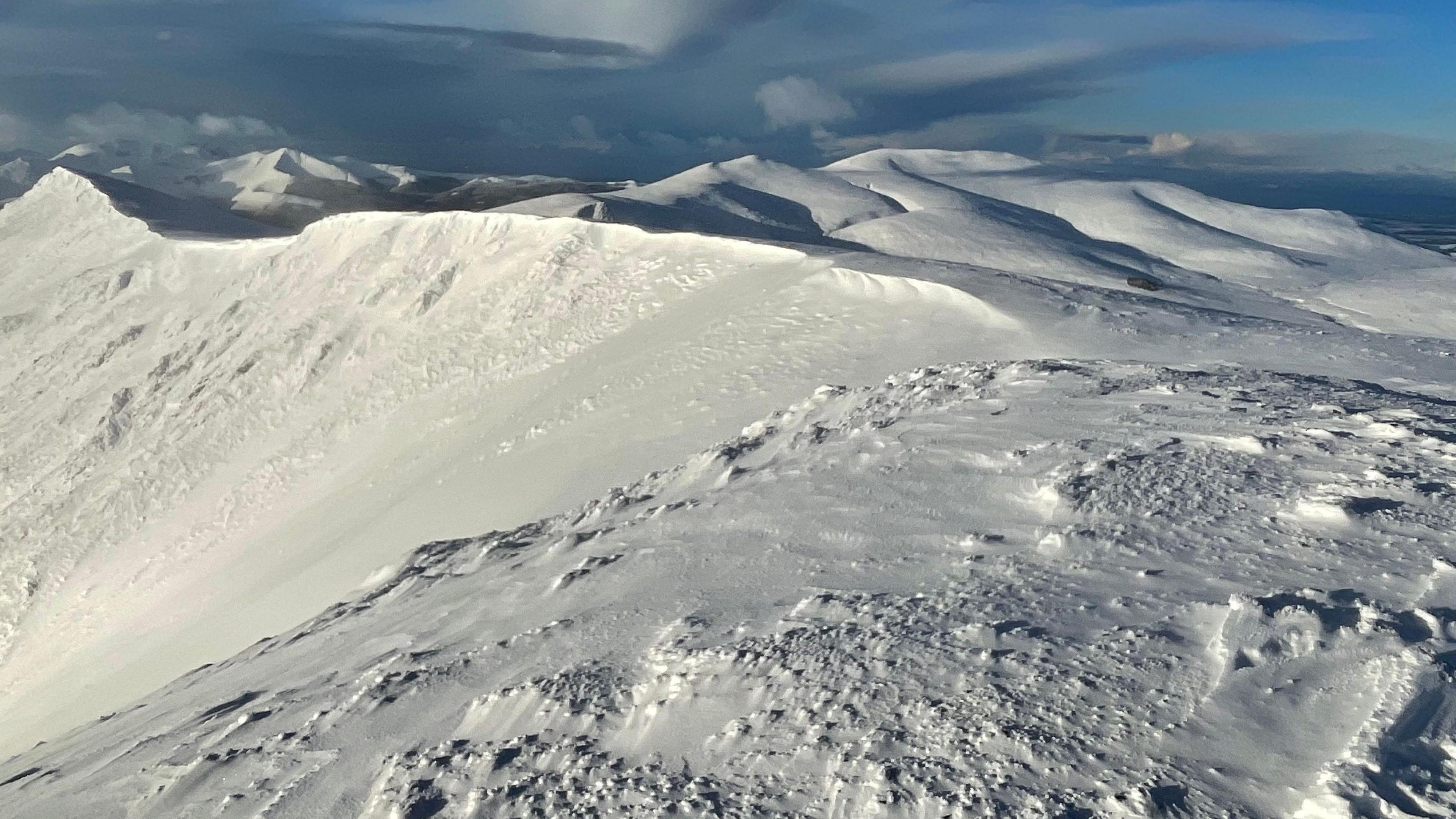
Last week two men died after falling from ridges on Helvellyn and Blencathra
- Published
Winter conditions have cloaked the Lake District fells in the past few weeks.
The opportunity to glimpse a snowy summit has lured many walkers to the area but, authorities have warned, the cold weather creates many more dangers.
Last week two men died after falling from ridges on Helvellyn and Blencathra, while fatalities in the Lake District have more than doubled from 14 in 2023 to 32 in 2024.
As another weekend of challenging conditions approaches, mountain rescue teams and outdoor organisations have reissued detailed advice to visitors.
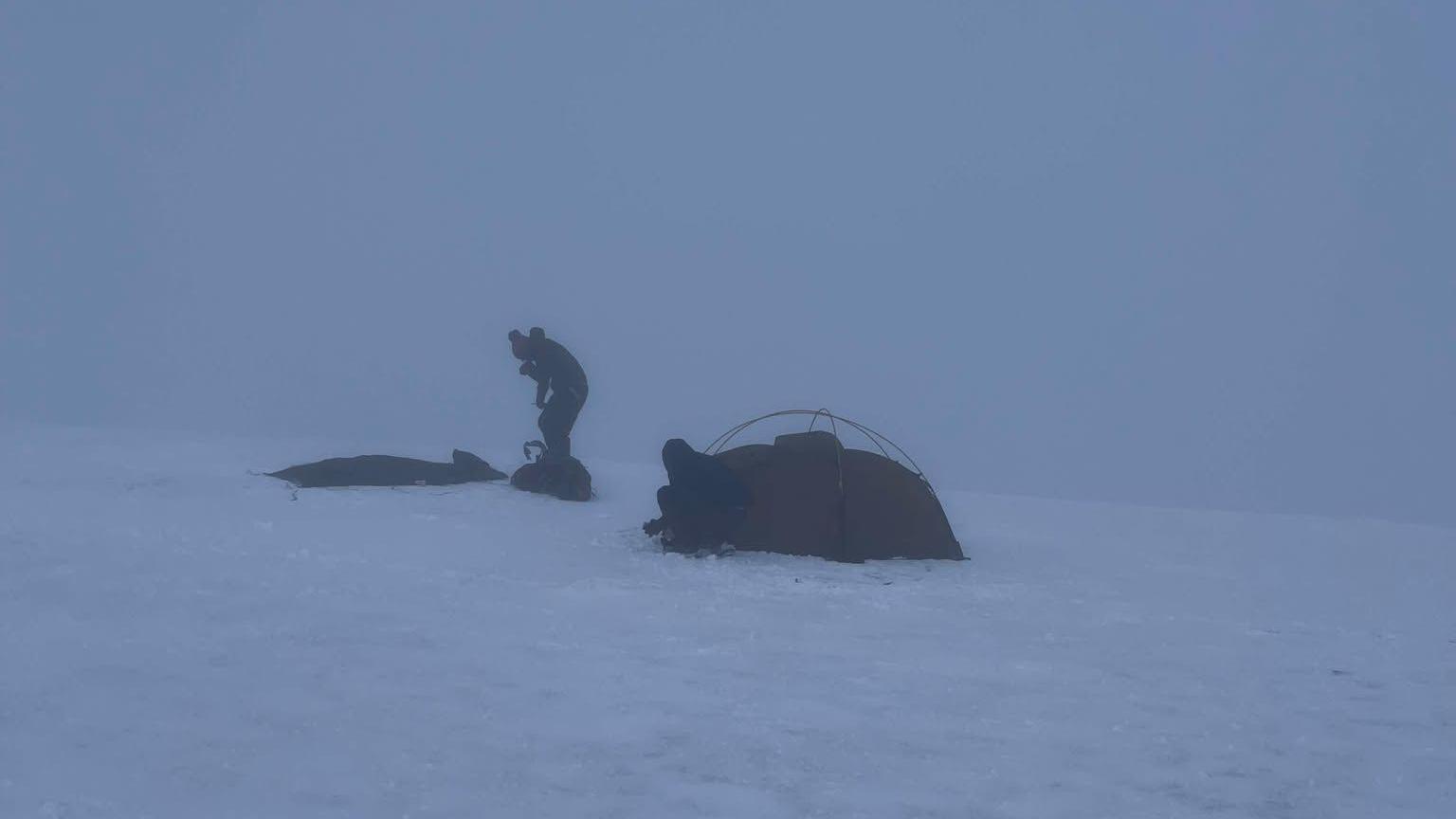
Recent callouts have involved rescuing people wild camping on summits, LDSMRA said
"Over the last three last years, callouts have increased 10 to 20% year-on-year," Lake District Search and Mountain Rescue Association (LDSAMRA) chairman Phil Gerrard said.
Despite winter months traditionally being quieter for rescuers, Mr Gerrard explained: "Over the last month we've seen a large number of callouts, many of which were avoidable, which are becoming similar to our summers ones."
In a bid to ensure visitors are better prepared and dangers are limited, people have been asked to take precautions and follow best practice for staying safe in a dangerous and quickly changeable environment.
Check the forecast
The Lake District has its own weather service, external, provided by three fell top assessors, external who climb Helvellyn every day to check the conditions.
The Mountain Weather Information Service, external provides descriptions of what conditions will feel like, which is particularly useful for those who find forecasts overwhelming or confusing, the British Mountaineering Council (BMC) said.
The Met Office also has a mountain forecast service, external.
Think about conditions
Jon Garside, mountain safety expert from the BMC, said: "All the information is there before you start your walk.
"Inconsequential terrain will tell you everything before you start so you can build that picture up of what it is going to be like up there.
"If it's frozen ground at the car park, think about what it's going to be like on steeper paths."
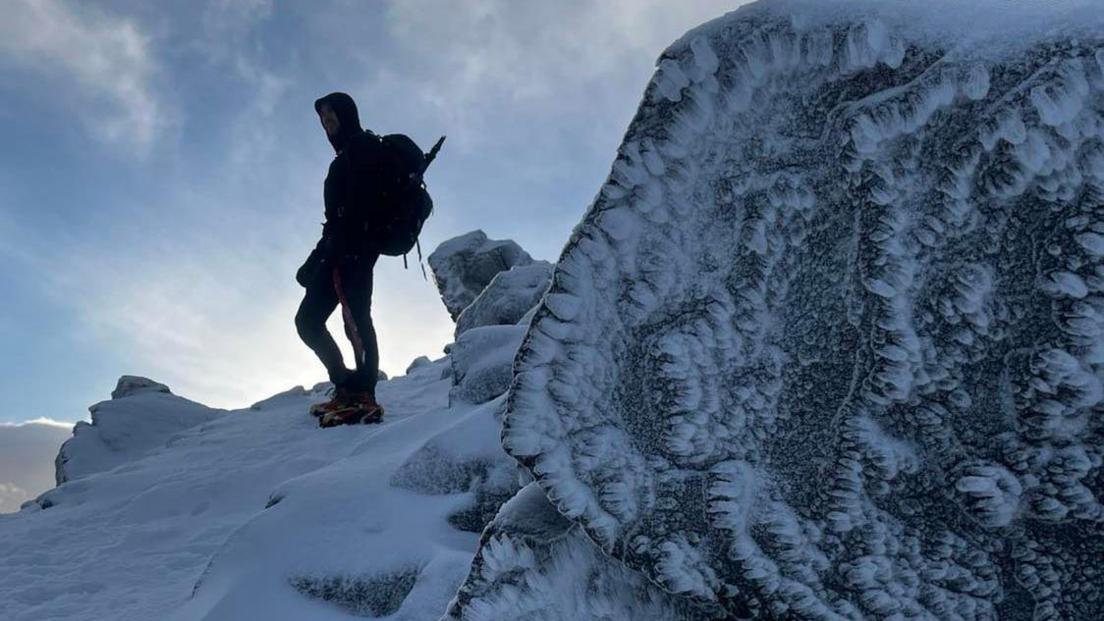
Conditions may be good in the valley, but hint at a different story at the summit
Mr Gerrard said mountain rescue volunteers were called out due to a mixture of factors including "not understanding what the weather is going to do... that transition between what's on the valley and what's higher up".
"If you haven't been hillwalking before, under winter conditions it is probably not the day to try it.
"If you have been hillwalking, recognise the conditions in the valley will not be the same as they are on the tops."
Mr Gerrard advised walkers to "always have an emergency plan" and a back-up navigational route.
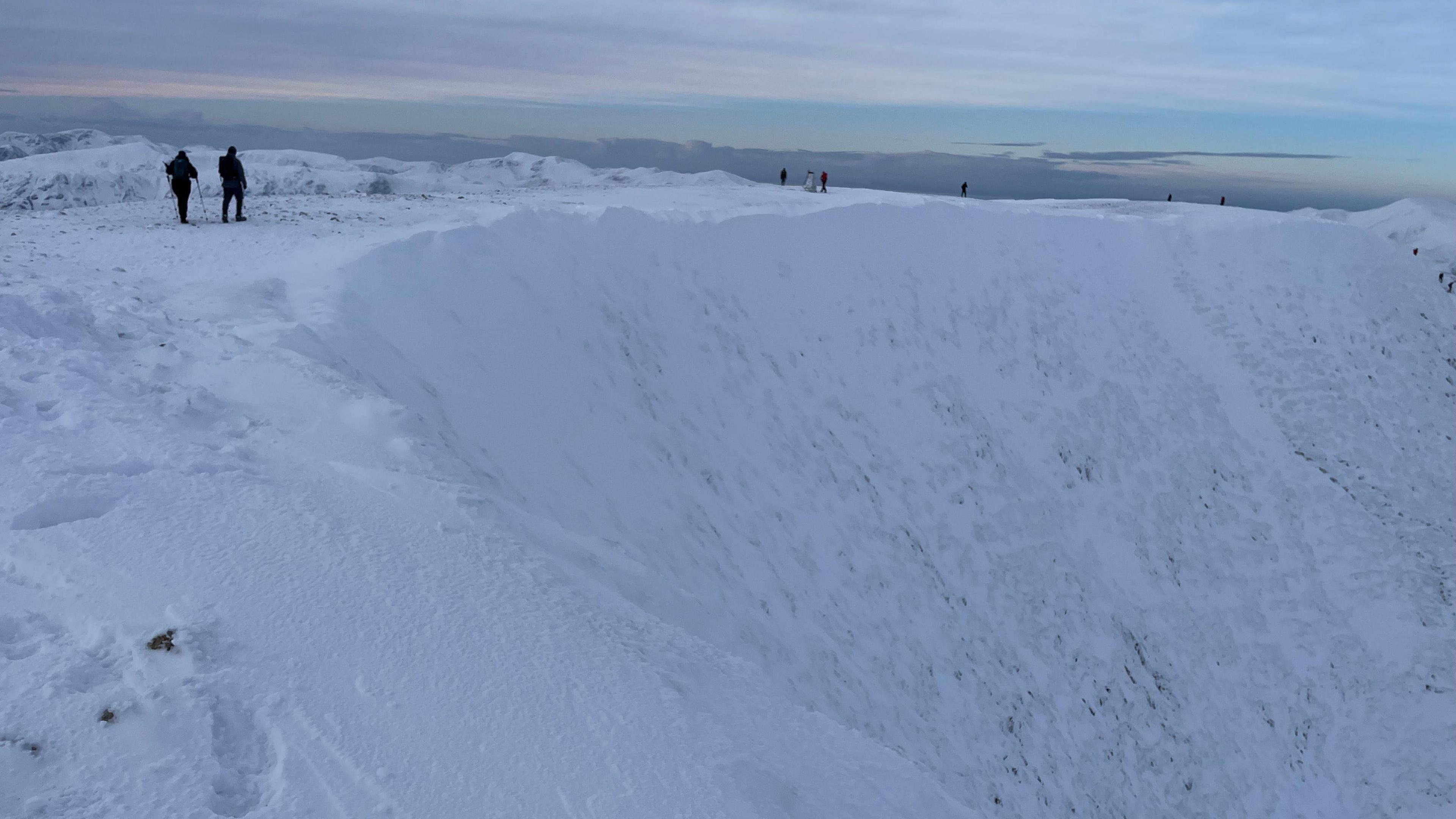
LDSAMRA and the BMC encourages walkers to gain more experience by joining clubs and talking to professionals
Assess the risk
Mr Garside said: "I have 40 years experience as a mountaineer and we can all make some mistakes.
"Listen to that inner voice. If something is telling you it doesn't feel right, it probably isn't.
"Don't be afraid to turn around. There's no shame in coming back again."
The BMC and LDSAMRA advise walkers to build on experience slowly.
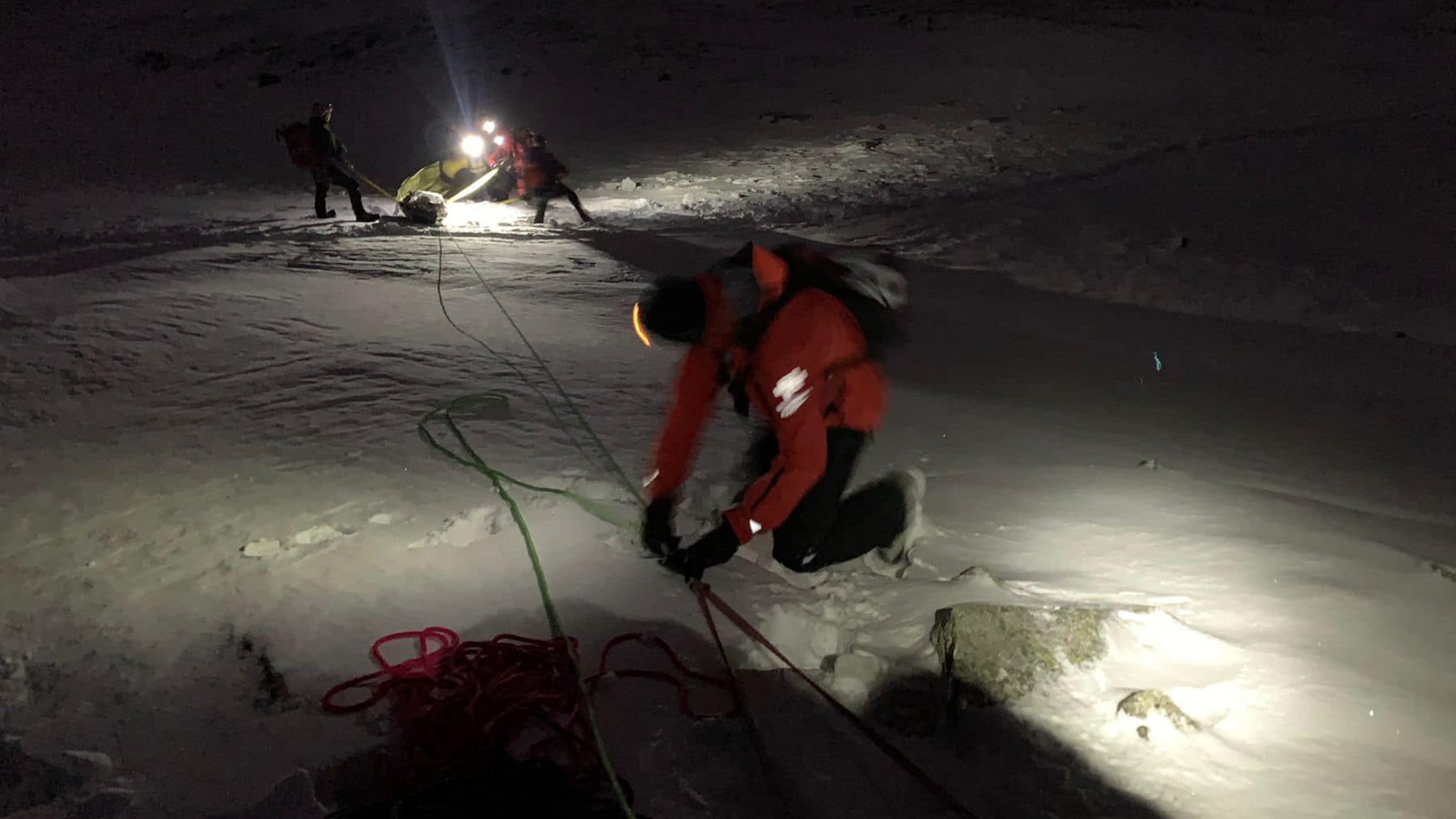
Mountain Rescue teams have said callouts are rising year-on-year
Mr Gerrard said: "Embrace what people can share. If you think it looks exciting, do some research before.
"Reach out to professionals, talk to a mountain rescue team, join a club to access courses and equipment."
The BMC added it provides educational winter skills videos on Youtube, external.
"Quite literally, it's small steps to progress," Mr Garside said.
Bring suitable gear
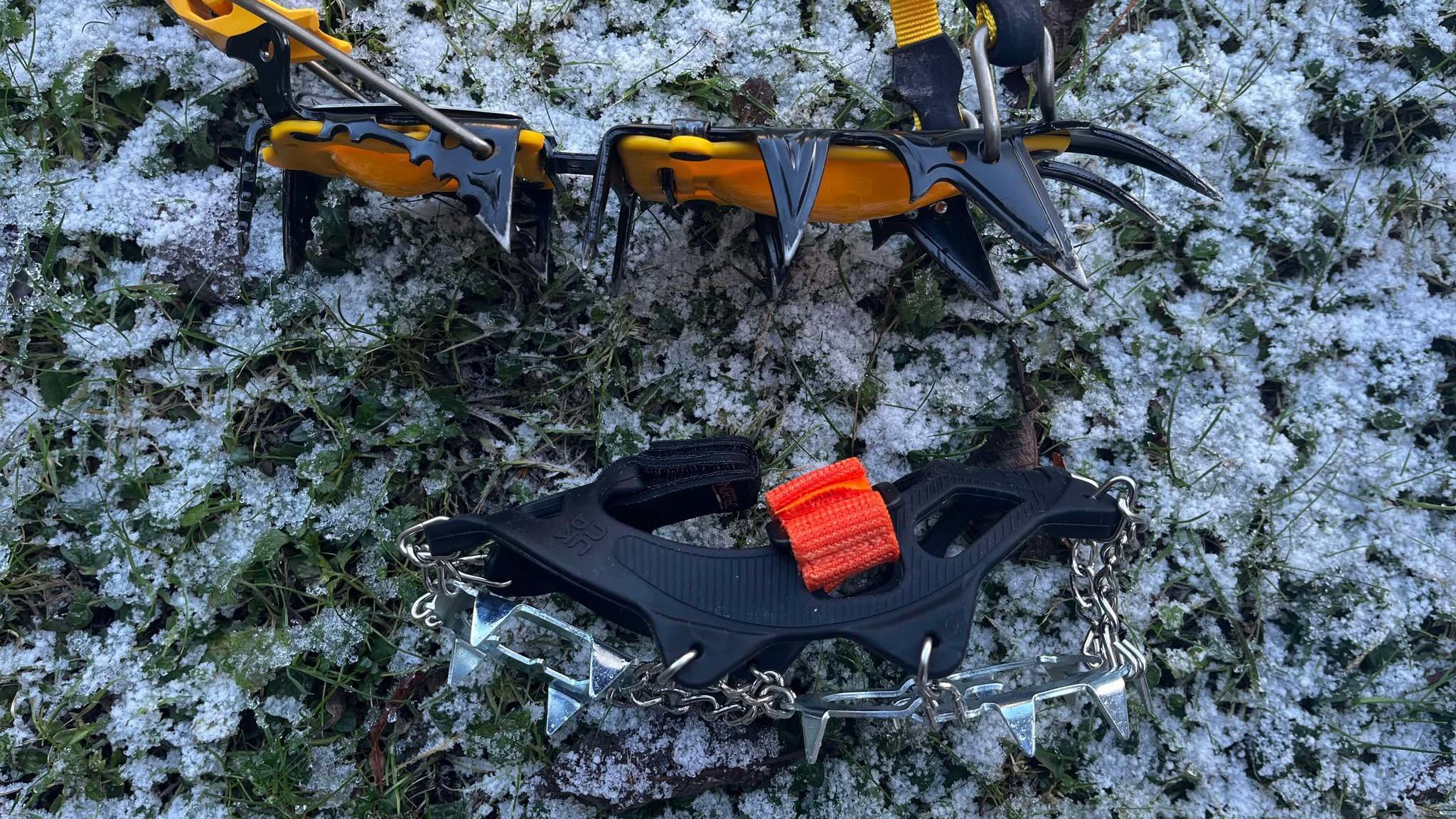
Crampons are used for steeper slopes in icy conditions, while microspikes are used for flatter terrain
"You can be confronted with sheet ice and ice-top rock, which is difficult to traverse without microspikes for flat areas and crampons and ice axes for areas that are steeper," Mr Gerrard said.
"Knowing how to use them is essential."
Additionally, the following equipment is a must for anyone tackling winter walks and climbs:
Headtorch and/or a hand torch
More than one pair of gloves
Dry bags or plastic bags to line a rucksack
Map and compass
Battery packs (batteries can fail in lower tempartures)
Plenty of warm layers
Waterproof coat and trousers
Microspikes for flat surfaces, crampons and ice axe for steeper terrain
Flask with hot drink
Water and plenty of snacks
Source: BMC
Look after others
Mr Gerrard advised: "If you see someone struggling, it is good to show concern.
"Nobody is the mountain police but it is beholden on us to look after each other.
"The difference between some of the really sad fatalities and some of the avoidable near-misses is a really fine line.
"The message we want to get to people is enjoy it, but be really careful."
Follow BBC Cumbria on X, external, Facebook, external, Nextdoor and Instagram, external. Send your story ideas to northeastandcumbria@bbc.co.uk.
Related topics
- Published2 January
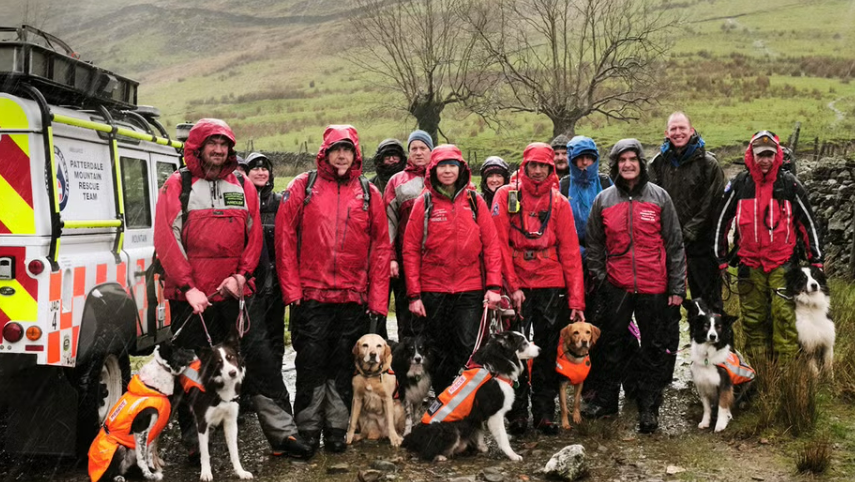
- Published9 January
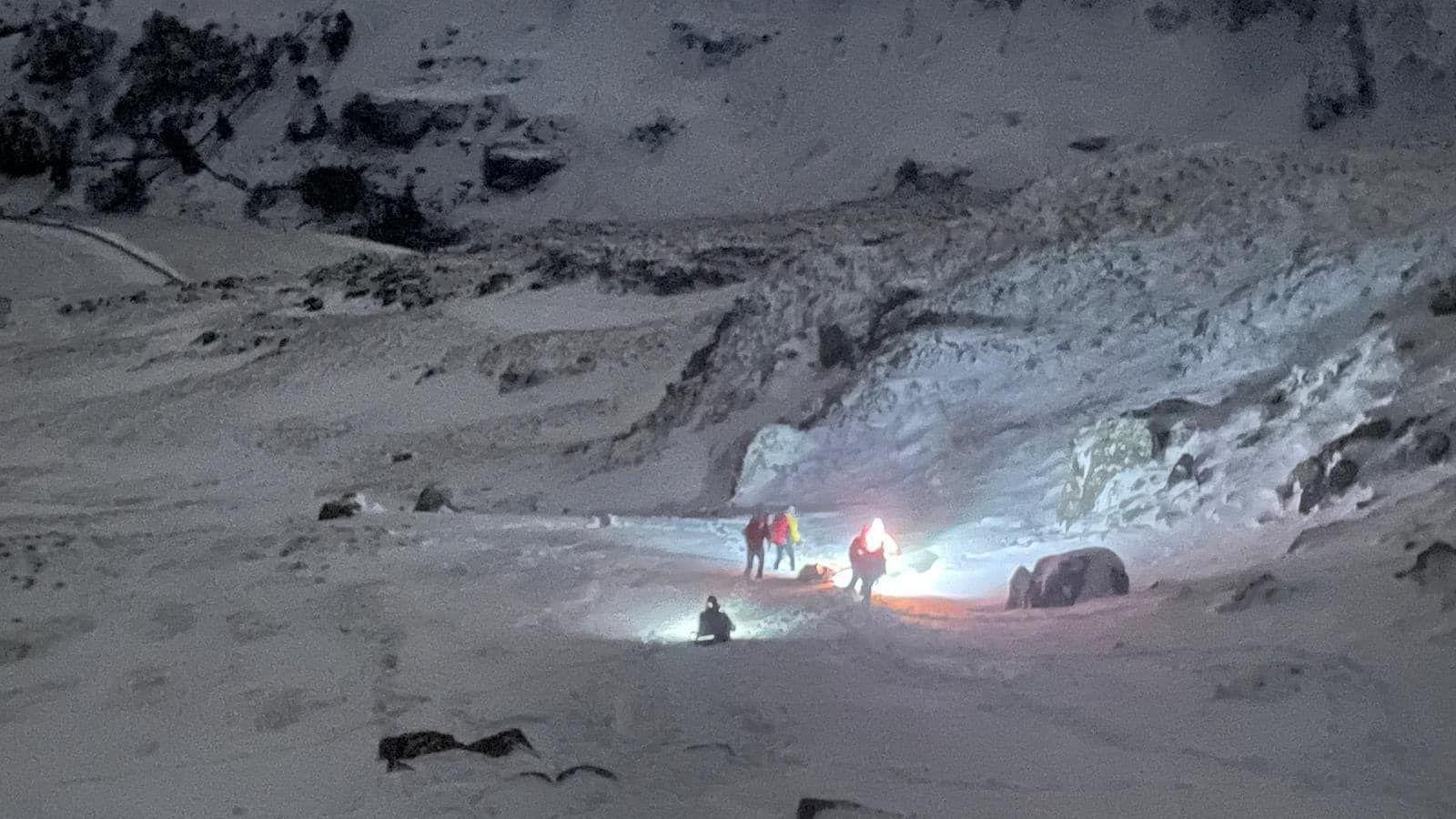
- Published6 December 2024
